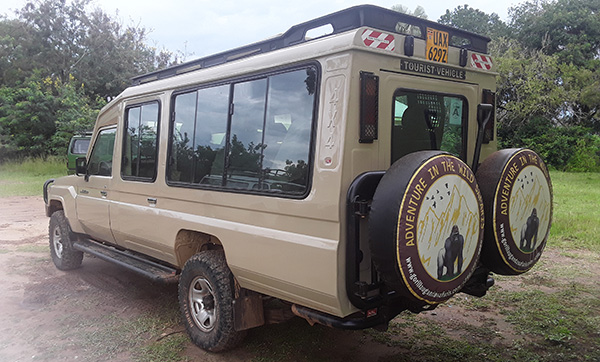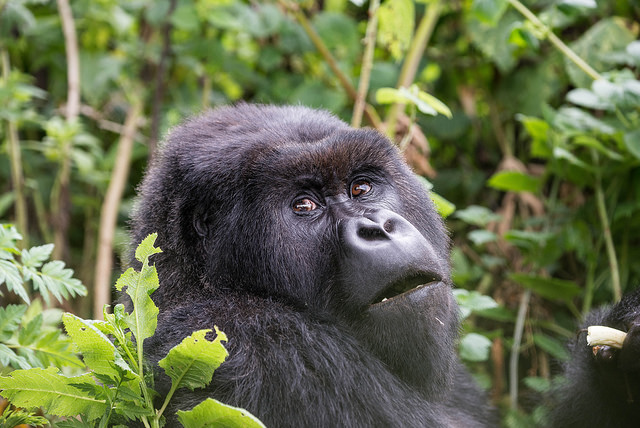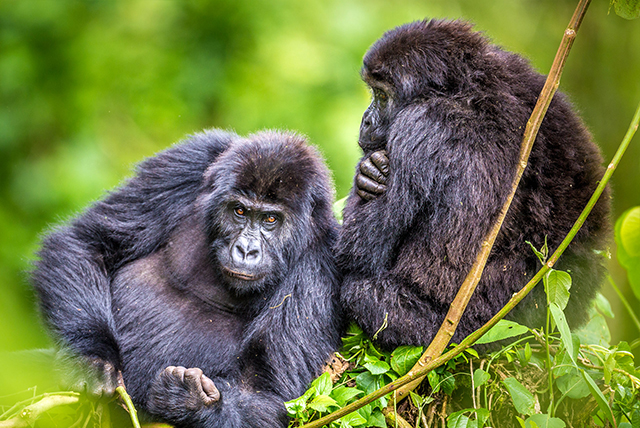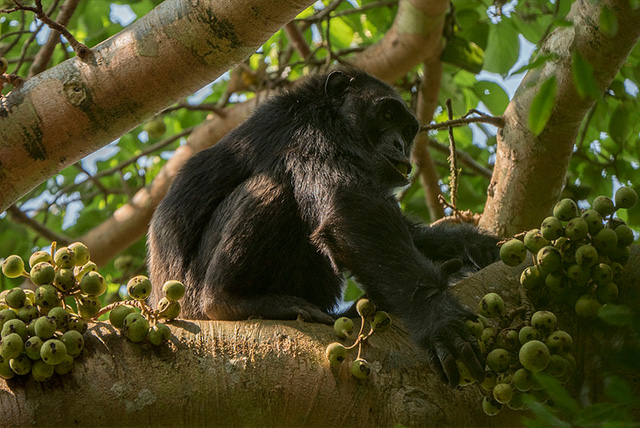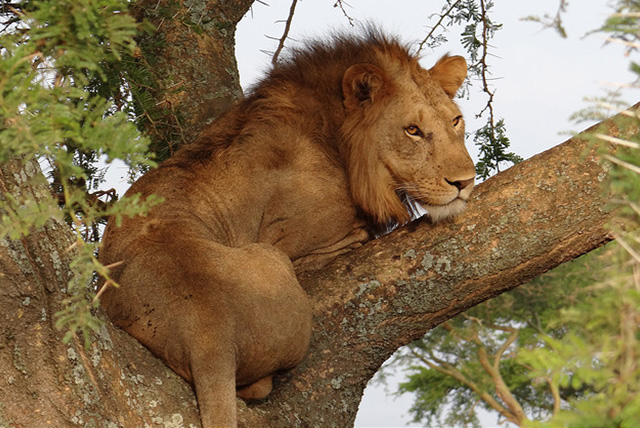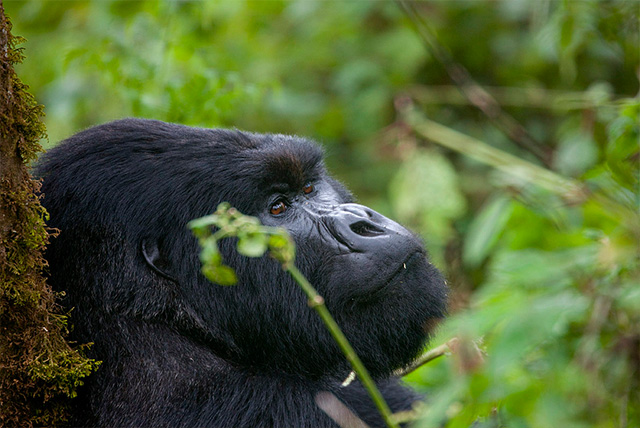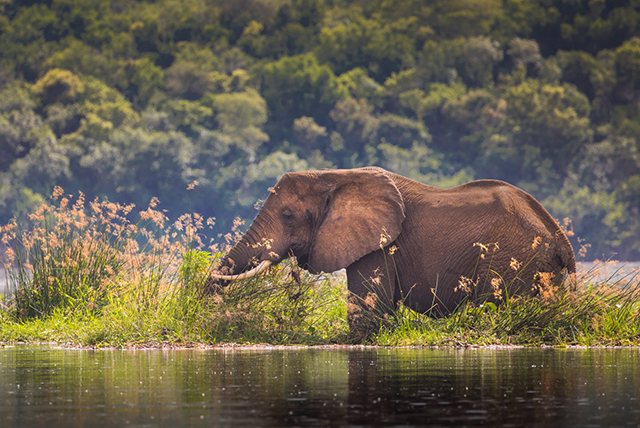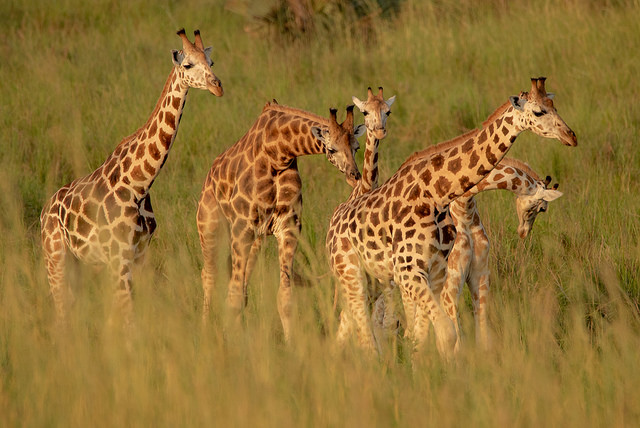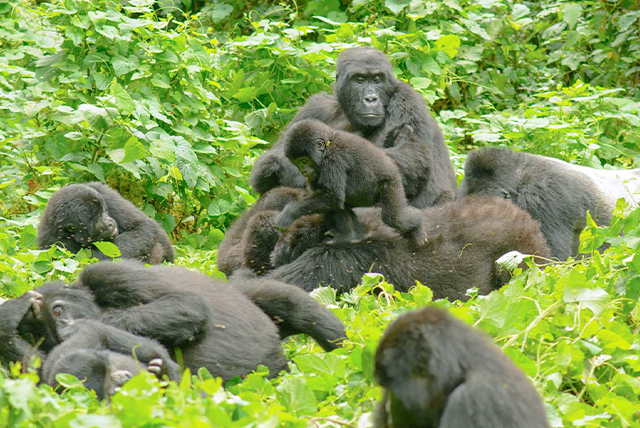Guide to Botswana Culture, History and Traditions
Guide to Botswana Culture, History and Traditions
Bold, determined, and inventive, the people of Botswana truly embody the spirit of their nation and are the primary driving force behind its achievements over the past hundred years.
The inhabitants of Botswana
The people of Botswana are known as Batswana in plural and Motswana in singular. They can be divided into two main groups: those who speak Setswana and those who do not. More than 60 percent of the population can trace their roots back to one of the Setswana-speaking groups:
The Bangwato, the largest among the Setswana-speaking groups, hail from Serowe.
The Bakgatla, Bakwena, Barolong, and Bangwaketse originate from the vibrant southern areas surrounding Gaborone, Kanye, and Molepolole.
The Batawana, having separated from the Bangwato, established their home further north along the southern fringes of the Okavango.
The Babirwa hail from the Tuli Block.
The Batswapong hail from the vibrant eastern regions surrounding Selebi Phikwe.
The Bakgalagadi, among the oldest groups, inhabit the central areas of the Kalahari near Ghanzi and Kang.
The Prominent Groups That Do Not Speak Setswana
The Bakalanga, the most prominent group in the country, reside in the vibrant area surrounding Francistown.
The Basarwa, the original inhabitants of Botswana, reside across the Central Kalahari and in the western regions.
The Banoka, commonly known as the River Bushmen, are the people who have traditionally inhabited the Okavango Delta. Only a handful of true Banoka remain in existence today.
The Baherero, hailing from Namibia, have made their homes in towns like Sehitwa and Toteng, nestled along the western fringes of the Okavango Delta, as well as in Maun.
The Bayei inhabit the Panhandle area in the northern parts of the Okavango Delta.
The Mbukushu inhabit the vibrant Panhandle region and the lively villages of Etsha 6 and Etsha 13.
The Basubiya reside in the vibrant north-east region of Kasane, nestled alongside the enchanting Chobe River.
In the early 19th century, Europeans and Asians embarked on a journey to new lands, primarily establishing their homes in bustling urban areas and the enchanting Okavango Delta. The Ghanzi district became home to a vibrant community of Afrikaans-speakers from South Africa.
Guide to Botswana Culture, History and Traditions
In the rural areas of Botswana, reproductive termites are highly valued for their rich protein and fat content, making them a popular food choice.
Person Mothanka, a resident of the vibrant village of Nxamaseri, is set to embark on a remarkable journey on his wedding day.
Determined and ingenious, the people of Botswana embody the spirit of their nation.
Contemporary Batswana Traditions Community living and the Kgotla
Historically, aside from the semi-nomadic Bushmen, most other communities thrived in pastoral lifestyles within established settlements. Historically, these villages found their homes in elevated terrains or near dependable water sources, where the conditions for grazing thrived.
Homesteads, featuring circular huts constructed from reeds or mud, boast grass roofs and are typically encircled by a pole or reed fence. In the heart of the village, you will find communal eating places and quaint little huts designed for storage. Every family deserves a piece of land, where vibrant fields flourish and a lively cattle post thrives for raising livestock.
The village heads or chiefs (kgosi) take charge of overseeing the community’s affairs. The kgotla, or traditional meeting place, stands as the heart of any village, brimming with stories and experiences waiting to unfold. Known to everyone as a site of reverence, it is often located at the heart of the village or beneath the grandest tree.
Mobile device beacon. Nata This is the hub where the community’s social, judicial, and political matters come alive and are navigated with vigor. Today, while many of the homesteads in the rural villages are constructed with contemporary materials, the kgotla and cattle posts continue to play a vital role in the strength of these communities. In the heart of the Okavango Delta, maize porridge, known as papa to the locals, and boiled fish serve as the essential sustenance for the community.
Cattle
Cattle, along with goats and sheep to a lesser degree, have consistently held a significant social and economic position within Batswana society. Animal husbandry played a crucial role in the survival and success of nearly all groups, with the exception of the Basarwa and Bayei. Cattle are raised not just for sustenance and apparel, but also as a symbol of prosperity.
The bigger the herd, the more impact an individual or family wields in the community. Cattle have long been a vital part of trade and commerce. Conflicts and consequences determined by the kgotla were resolved through the exchange of cattle, while men fulfilling their bogadi (bride price) would present cattle to the family of the woman. Cattle continue to hold a significant role in the rural landscape of Botswana, and for many, the herd is still the favored means of accumulating wealth.
Totems The presence of totems can be found in various cultures across Africa and around the globe. In Botswana, the majority of groups embrace animals as their totems, embodying a spirit of exploration and connection to the wild. The totem embodies a powerful connection to a particular animal and the wild wonders of the world around us.
The totem commands immense reverence, often due to a significant event in a group’s past, or more broadly because of the unique bond shared between the group and their specific totem animal.
The Basubiya inhabit the vibrant waterways of the Chobe River, a place teeming with a rich population of hippopotamus, which holds a special significance as their totem. For the Bakwena, the creature of choice is the crocodile, while for the Batawana, it is the majestic lion. Two more intriguing connections involve the Bangwato and a group of Banoka, recognized as the Xaniqwee.
The Bangwato totem is the duiker, a small, unassuming antelope species, celebrated in their mythology for its heroic act of saving a chief’s life. The aardvark stands as the Xaniqwee totem, a symbol of the group’s epic journey to the Okavango region centuries ago, where they bravely navigated the arid expanses of the Kalahari.
The aardvark was their source of sustenance, and even more crucially, it offered them water hidden within the depths of its burrows. Out of reverence, there are particular guidelines regarding the hunting or interaction with the totem animal.
Marriage Historically, the Batswana engaged in polygynous practices, with unions often arranged in advance and occurring soon after individuals completed their initiation rites into adulthood. Today, aside from the Baherero, most Batswana select their own partners, and the marriage ceremony has transformed into a reflection of the modern spirit of society.
The groom’s uncle takes charge of the arrangements, stepping in where parents might typically be involved, and these plans unfold through a series of engaging meetings between the two families. The age-old practice of the groom offering a bogadi to the bride’s family continues to thrive in rural communities.

